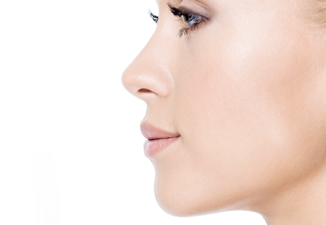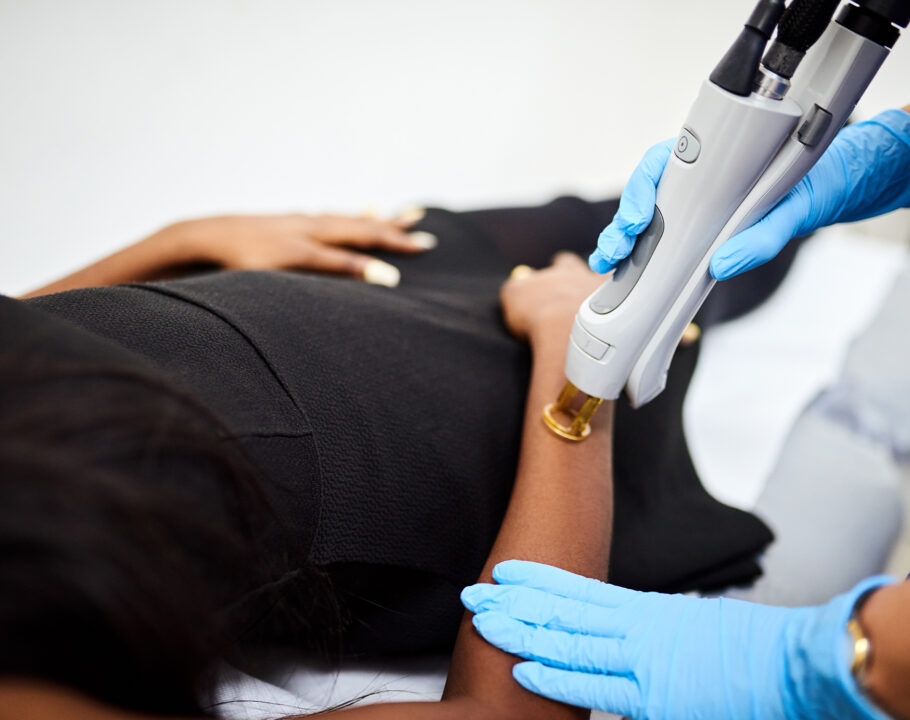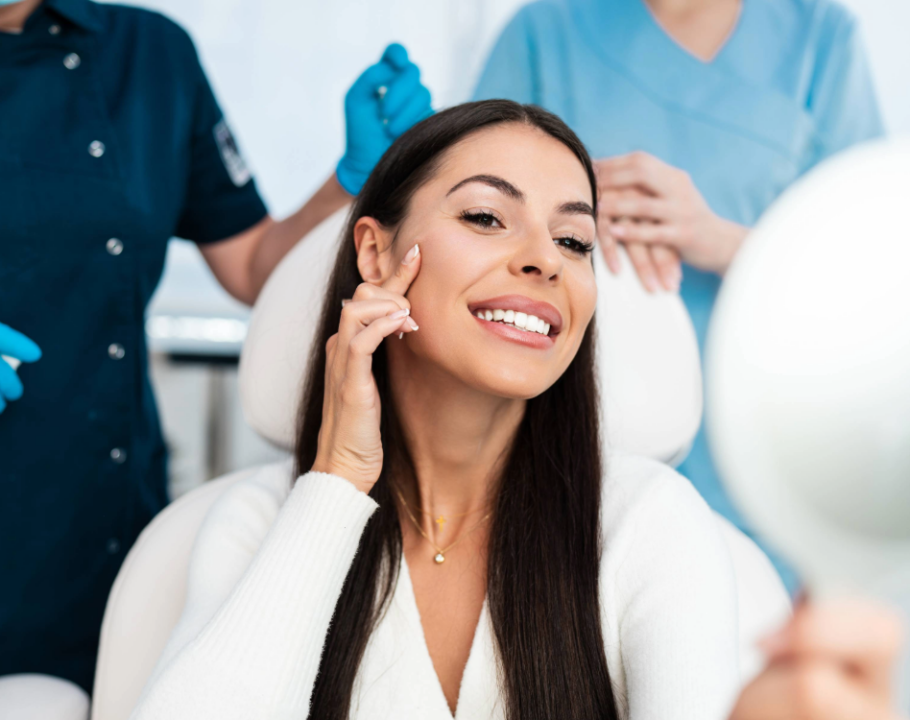The Pros:
There are numerous well-known chemical peel benefits and advantages. Generally, light and medium chemical peels do not require the use of anesthesia or sedation. Only a mild tingling is felt when solutions such as AHAs or TCAs are applied. There is virtually no downtime for recovery as well. These solutions are safe to use in conjunction with other facial creams that are normally used such as moisturizers and sun blocks. Sometimes only one treatment is needed. Both light and medium treatment types take little time and are safe.
TCAs are especially effective in treating darker-skinned patients.
Phenols provide patients with a long-lasting solution—in many cases; it’s used once in a lifetime—as an anti-aging treatment. Recovery is relatively brief; normal activity can be resumed in one to two weeks.
Effects of phenol chemical peels are long lasting, and in some cases are still readily apparent up to 20 years following the procedure. Improvements in the patient’s skin can be quite dramatic.
The Cons:
Potential Side Effects
Even though it’s rare for side effects to arise from an anti-aging chemical peel, it’s best to be aware of them in case you notice any strange changes in your skin.
- Pigment Changes. With any deep peel, changes in pigment can occur. If your skin remains chalky or white for a few weeks after your treatment, see your doctor.
- Scarring. Steer clear of picking shedding skin. Let it fall off itself; otherwise you run the risk of scars and hyperpigmentation.
- Milia. In some instances milia, which are small, raised white bumps, can appear, but they can be easily treated by your doctor.
Many doctors advocate a prevention and maintenance program to keep skin in optimal shape, including sun protection and other forms of skin care, including peels, lasers and energy based treatments that can help keep skin behaving and appearing vibrant and young.
How to Avoid Pitfalls
All chemical peels—even light ones—are considered virtually risk- and downtime-free. Although these treatments are safely administered by a range of doctors and medical experts including aestheticians, there is still potential for complication.
You can avoid chemical peel burn by:
- Limiting sun exposure prior to your chemical peel treatment
- Opt for a lighter peel to start to avoid one that is too strong for your skin
- Make sure your practitioner does not leave the solution on too long
- Tell your doctor or beauty expect about any and all skin care treatments and products you use
- Your chemical peel treatment should be closely monitored; at the first sign of discomfort, it should be removed.
Some glycolic peels claim the use of strontium nitrate in order to try to reduce skin irritation. Nevertheless, strontium nitrate is a product that is strictly prohibited in cosmetic products since it has a high toxicity potential.
A great alternative for those who cannot tolerate peels and harsh topicals (or if you’re pregnant), microdermabrasion is a quick and virtually pain-free procedure (usually performed in conjunction with a facial) that uses tiny, rough aluminum crystals to vigorously exfoliate the top layer of the skin, removing dead skin cells.
Risks
All chemical peel treatment types carry some risk of burns, scarring, pigmentation changes, persistent redness along with the potential of activating herpes virus infections.
In addition, phenol peels may:
- Pose a risk of arrhythmias if applied without following strict rules
- Permanently remove facial freckles
- Many formulas cause permanent skin lightening by reducing the ability to produce pigment
- Require increased protection from the sun for life
The deeper the peel, the more chance a complication can arise.
Chemical peels need to be administered by certified dermatologists. The possible complications include prolonged erythema, pigment changes, milia (white heads), skin atrophy and textural skin changes.
Find a Doctor
Find a NewBeauty "Top Beauty Doctor" Near you







